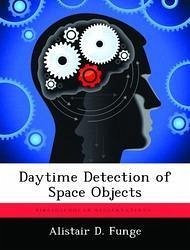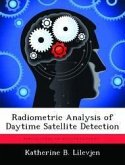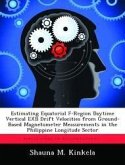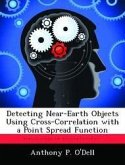Space Situational Awareness (SSA) requires repeated object updates for orbit accuracy. Detection of unknown objects is critical. A daytime model was developed that evaluated sun flares and assessed thermal emissions from space objects. Iridium satellites generate predictable sun glints. These were used as a model baseline for daytime detections. Flares and space object thermal emissions were examined for daytime detection. A variety of geometric, material and atmospheric characteristics affected this daytime detection capability. In a photon noise limited mode, simulated Iridium flares were detected. The peak Signalto- Noise Ratios (SNR) were 6.05e18, 9.63e5, and 1.65e7 for the nighttime, daytime and infrared flares respectively. The thermal emission of space objects at 353K, 900K and 1300K with 2 to 20 m2 emitting areas were evaluated. The peak emission was for the 20 m2 900K object with an SNR of 1.08e10.
Hinweis: Dieser Artikel kann nur an eine deutsche Lieferadresse ausgeliefert werden.
Hinweis: Dieser Artikel kann nur an eine deutsche Lieferadresse ausgeliefert werden.








